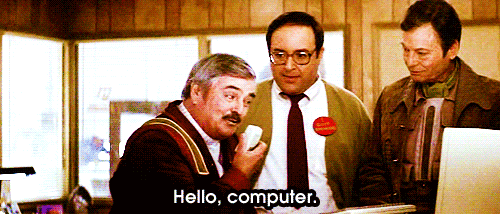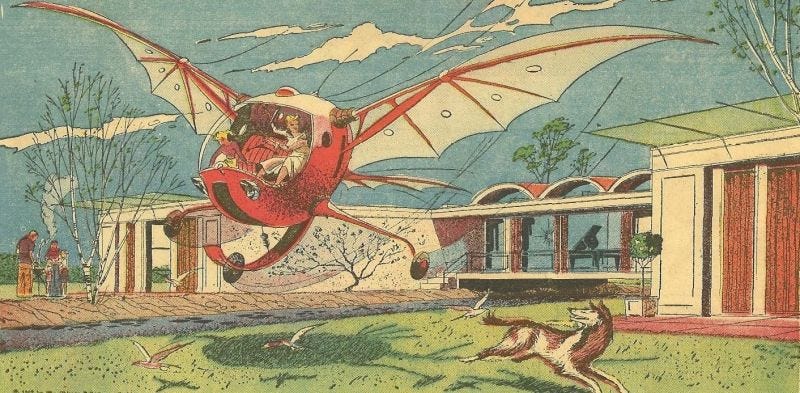In January, the 2017 Alexa Conference was held in Nashville, Tennessee. We asked Justin Threlkeld, UX strategist at redpepper and attendee of the inaugural event, to reflect on what he learned.
I had the opportunity to attend the first ever Alexa Conference, hosted at Vanderbilt University this past week. It was a stimulating two days of exchange and dialog on an emerging field that as an experience designer I love working in and around.
Tim Moses and Kevin Old both gave great presentations on technical topics. Emily Lam, Matt Cybulsky and Brian Cooper shared great perspective on the future of voice interfaces in daily life. Jolene Barto and Bradley Metrock touched on how brands can benefit from marketing a successful skill. Taron Foxworth told us about his adventures in using connected devices and voice interfaces to help him grow green onions.
The intersection of highly connected devices, machine learning and natural language interfaces creates an opportunity to fundamentally change our understanding of how people interact with computers. It’s an exciting time to be working with voice interfaces.

However, it would be easy to be pessimistic about our future with technology, and many people are.
Listening to Brian Kane at AlexaConf brought a lot of disparate and swirling thoughts together into an observation: our standard vision of the future isn’t all that fun.
It’s not that we’re intentionally creating a terribly boring future, but we’ve unwittingly found ourselves in a place where, to quote Brian,
it’s all overwhelmingly driven by business and engineering, and it shows.
In other words, when we stop to think about what our lives with technology might be like, it all comes out to be a bit practical and boring. Either that or borderline absurd.
The conference was great from beginning to end. But much of the content and discussion was overwhelmingly practical, technical —and a little bit boring.
I find this to be true over and over again — from tech company (Google, Apple, Facebook) events, CES, or the release of any other new “modern, connected, intelligent” product — it’s all so focused on how it will work, how it was built, how someone came up with the idea — or worse, it’s selling an uninspired solution to a problem no one has.
Not long ago, we looked at the stars and imagined what it would feel like to live out there. There were some whacky concepts about cities under the ocean. We had talking robo-dogs. Jetpacks and flying cars!

Most of these concepts were developed as solutions to the world’s problems. Creating clean living, cheaper food, faster transportation, the occasional Utopian (and misguidedly exclusionary) Society of Perpetual Leisure. Most of it was, in retrospect, wildly impractical. Some of it was downright bad.
But much of it, for all its faults, was fun.
Brian’s talk put a call to everyone in technology: Get more humans involved. Designers, artists, poets, writers, musicians and comedians all need to get involved in the imagining of the future. We need more crazy concepts, off-the-wall flights of fancy. And we need to involve people who spend time thinking about people.
Taron’s “Ask my garden” Alexa skill is just scratching the surface of what tech can do. But it ignites the imaginations of people outside of tech. And we need those people.
I encourage everyone working in tech to read more science fiction. Especially the old stuff, especially the hopeful stuff. Think about how society might be better and how our relationships with technology will and must evolve to support that. Include wide ranges of perspective in your ideation process.
A great entry point into the the world of sci-fi for people designing and building the companies of tomorrow is Margaret Atwood’s In Other Worlds. From there, follow your heart and interests. Find crazy, imaginative ideas for impossible futures.
Our future should be fun. So let’s build — and imagine — it together.
Cover photo courtesy of: MIDI HAT, Sunny SunDuck Oh & Anna Obikane

Leave a Reply